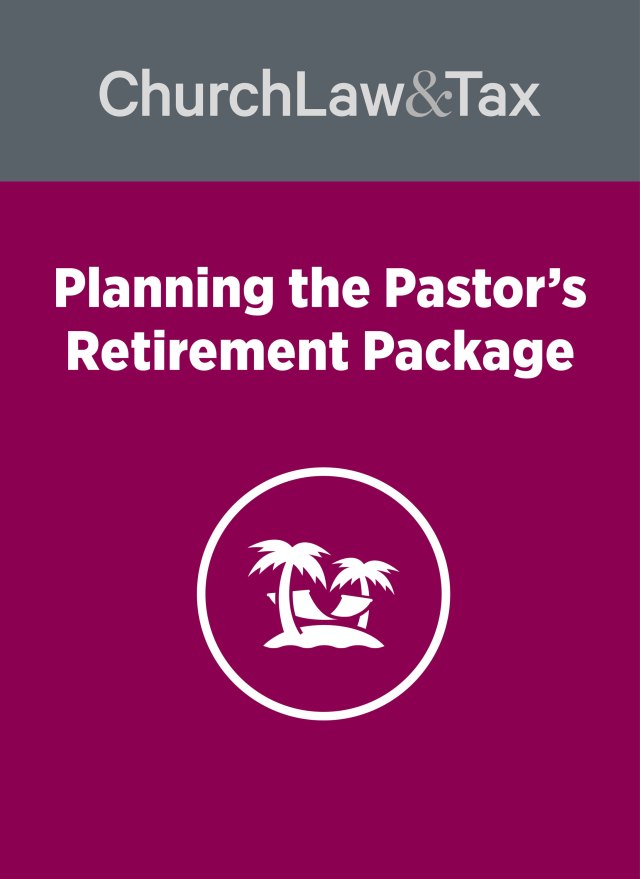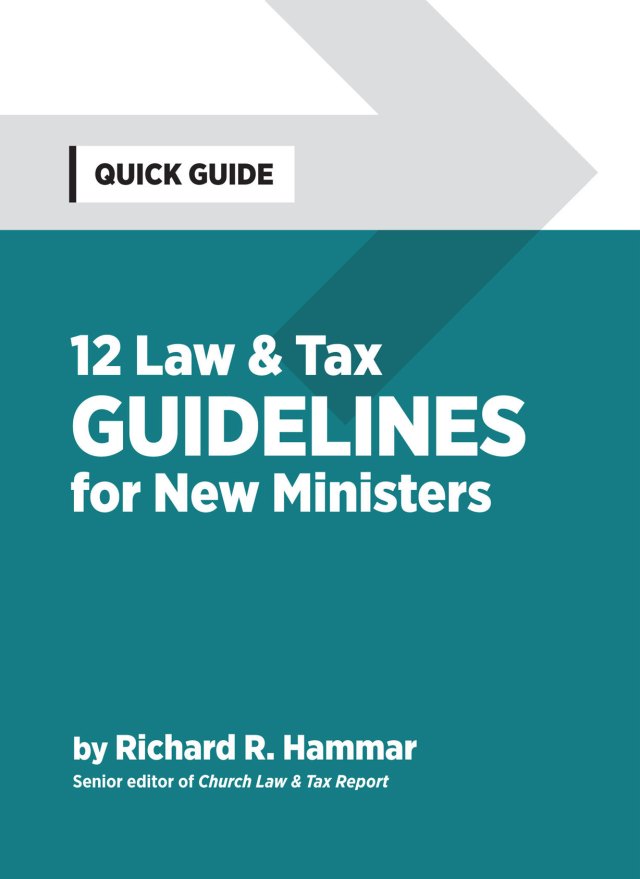What is the Rule of 72?
The Rule of 72 is a simple financial formula that helps estimate how long an investment will take to double based on a fixed annual rate of return. Church leaders and pastors can use this tool to plan their retirement savings efficiently.
Key Takeaways:
- The Rule of 72 helps estimate how quickly savings can double with a fixed interest rate.
- Compounding interest plays a crucial role in long-term financial growth.
- Starting early and leveraging investment accounts like a 403(b) can maximize retirement savings.
How Does the Rule of 72 Work?
The formula is simple: divide 72 by the expected annual rate of return to determine the number of years it will take for your money to double.
| Annual Rate of Return (%) | Years to Double |
|---|---|
| 6% | 12 years |
| 8% | 9 years |
| 9% | 8 years |
| 12% | 6 years |
Why Church Leaders Should Use the Rule of 72
Many pastors and church staff delay saving for retirement due to financial constraints. However, understanding the power of compounding interest through the Rule of 72 can help them take proactive steps toward financial security.
Example Calculation
Imagine a pastor invests $1,000 at age 30 with a 9% return rate:
- At age 38: $2,000
- At age 46: $4,000
- At age 54: $8,000
- At age 62: $16,000
- At age 70: $32,000
This exponential growth underscores the importance of starting early.
Applying the Rule of 72 to a 403(b) Retirement Plan
Church employees can take advantage of a 403(b) plan, which allows tax-deferred growth. This means savings grow without immediate taxation, allowing more significant compounding over time.
Overcoming Investment Fears
Some church leaders hesitate to invest aggressively, fearing market fluctuations. However, historical data from SEC.gov shows that long-term stock market investments yield positive returns over time.
Common Questions About the Rule of 72
Is the Rule of 72 accurate?
Yes, for estimating investment doubling times, but actual returns may vary due to market fluctuations.
Can the Rule of 72 be used for inflation calculations?
Yes! By dividing 72 by the inflation rate, you can estimate how long it takes for money’s purchasing power to halve.
What is the best investment vehicle for church leaders?
A 403(b) plan is ideal due to tax-deferred growth, but diversified portfolios can also be beneficial.
How often should I review my retirement plan?
Church leaders should review their plan annually and adjust contributions based on financial goals and market trends.
By applying the Rule of 72, church leaders can strategically plan their financial futures, ensuring a secure and well-funded retirement.





